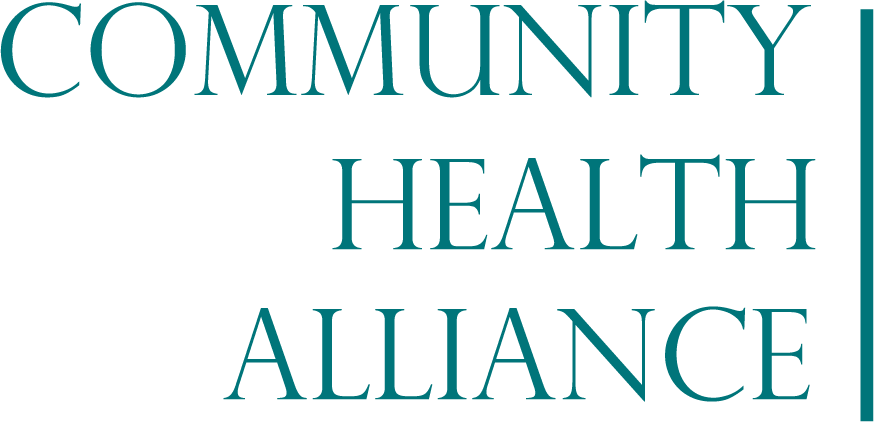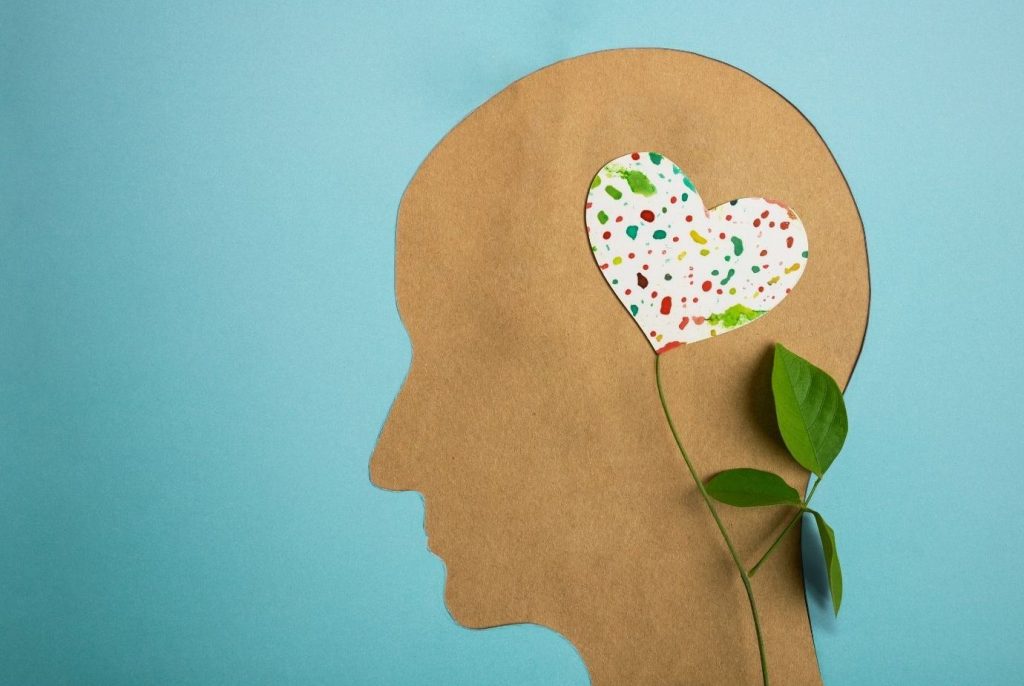Suicide Prevention: How To Help Your Loved Ones
September is National Suicide Prevention and Awareness Month
Hello, my name is Aaron Blackham. I’m a Licensed Clinical Social Worker and I work as a behavioral health provider here at Community Health Alliance. September is National Suicide Prevention and Awareness Month. So we are here today to talk about some myths and truths relating to suicide and suicidal thoughts and finish by sharing some resources and some things we can do for ourselves and others who may be at risk for suicide or having suicidal thoughts.
Suicide Myth #1:
Let’s talk about myth number one.
Maybe you have heard people say before that the only people that commit suicide or think about suicide are people who have mental health issues. That just simply is not the truth.
The truth is we know that almost every single one of us as human beings at some point in our life will probably think about dying, we will probably think about what it will be like to not wake up the next day because we are in pain, because we are suffering.
Let’s talk about some of the risk factors of times when we are more likely to have suicidal thoughts. First of all there are different age groups that are more at risk of suicide. We know people ages 10-34 years old, suicide is the second leading cause of death in this country. For people ages 35-44 years old, suicide is the 4th leading cause of death. For females the biggest risk for age groups are people who are ages 45-64 years old. For males our biggest age group risks are for men ages 75+ years and older. Across the spectrum for all gender identities, the biggest age group are people ages 18-25 years old. Other risks for thinking about suicide can be social risks. When we have things happen to us for example losing a job, losing an important relationship, going through a divorce or a breakup, losing a close friend or family member or knowing someone else who has committed suicide can put us at greater risk of suicide. Other risk factors can be when people have severe medical needs, when people have severe physical or emotional pain, when people have an incredible level of suffering these are times when we have greater risk of suicide.
Suicide Myth #2:
Another myth is the belief that suicide often happens without warning. The truth is more often there are warning signs.
There are indicators that someone is thinking about suicide so let’s talk about one of the most common warning signs. One warning sign is if you notice any significant change in a person, they are not eating like they usually would, they are sleeping differently. They are using more alcohol or drugs than they typically do or start using. Another warning sign is giving things away that used to be important to them. People expressing hopelessness, depression, being socially isolated, not spending time around people or being out in the community as much as they typically do. People expressing experiencing unbearable pain and wanting to end their pain. None of these individually are necessarily proof that someone is going to commit suicide but they are all red flags, warning signs that someone could be having suicidal thoughts.
Suicide Myth #3:
Another common myth about suicide is thinking that talking to someone directly about suicide will increase the chance that they will commit suicide but are worried that sometime we are better off not talking about it. We know that the truth is the opposite of that.
We know that talking to someone directly and asking them “Are you feeling suicidal, do you have a plan to end your life.” Direct communication is one of our best tools because it helps people talk about what they are thinking and what they are feeling and talking about it helps when it’s a conversation with someone that you trust or a professional. When we name it we can tame it.
How To Support Someone Who Is Suicidal
So now let’s talk about things that can help. If we are having some thoughts about suicide or know of someone else having thoughts of suicide.
So first of all staying in touch with people, connecting with people, maybe just calling them randomly, maybe scheduling a time to have lunch or coffee or tea, helping people stay connected to their faith, their spiritual beliefs, their culture and like we talked about before having direct communication with people if we are concerned in asking them if they are having thoughts of suicide.
Suicide Prevention Resources
Now let’s talk about some resources that are available for everyone out there in the community. If you are having suicidal thoughts please call 988, three numbers. 988 is a national suicide crisis hotline with trained people who are available 24/7 365 to talk to you when you are having thoughts of suicide. If you prefer texting you can reach the same resources by texting 741-741.
Also there is a crisis line called The Trevor Line that helps our friends and family members who are part of the LGBTQ+ community. For those of you who are a part of that community if you’d like you can also call 1 (866) 488-7386 or if you’d like to text you can text 678-678. Please call those numbers if you are having any thoughts of suicide, please talk with someone you trust.
You can also speak with your medical provider, you can schedule an appointment with your medical provider. Our phone number at Community Health Alliance (775) 329-6300. Also any time you have an appointment with a medical provider you can ask to speak with a behavioral health provider like myself.
Final Thoughts
So we know that it’s great to talk about life and it’s also important to talk about death and if we are having thoughts about death, it’s important to talk about that as well. If you are looking for a sign to stay alive you have just seen that sign and you will see more signs down the road.
Sign Up for Our Newsletter
SubscribeSign Up for Our Newsletter
By submitting this form, you are consenting to receive marketing emails from: Community Health Alliance. You can revoke your consent to receive emails at any time by using the SafeUnsubscribe® link, found at the bottom of every email. Emails are serviced by Constant Contact
By submitting this form, you are consenting to receive marketing emails from: Community Health Alliance, 680 S. Rock Blvd, Reno, NV, 89502, https://www.chanevada.org. You can revoke your consent to receive emails at any time by using the SafeUnsubscribe link found at the bottom of every email.


